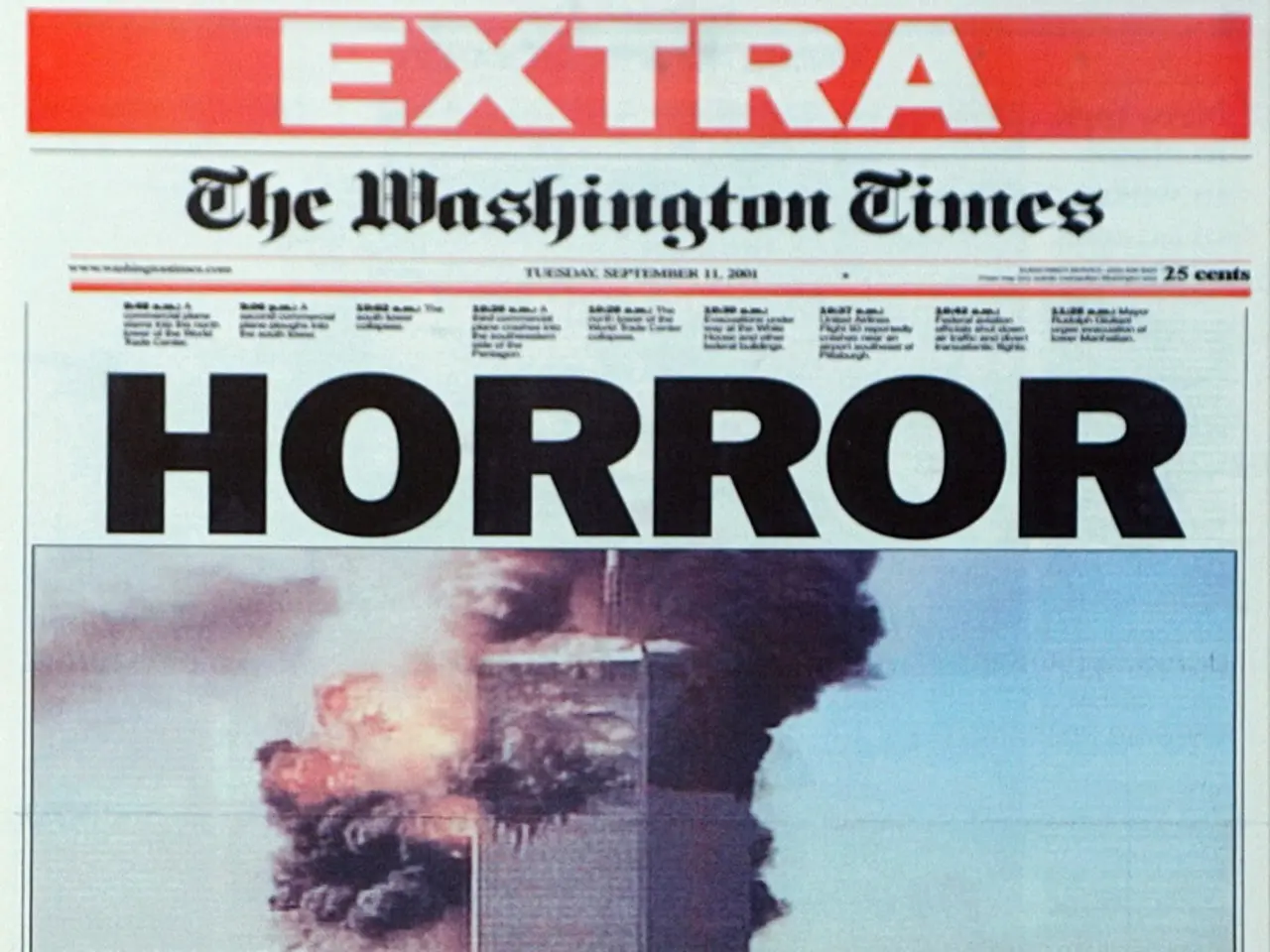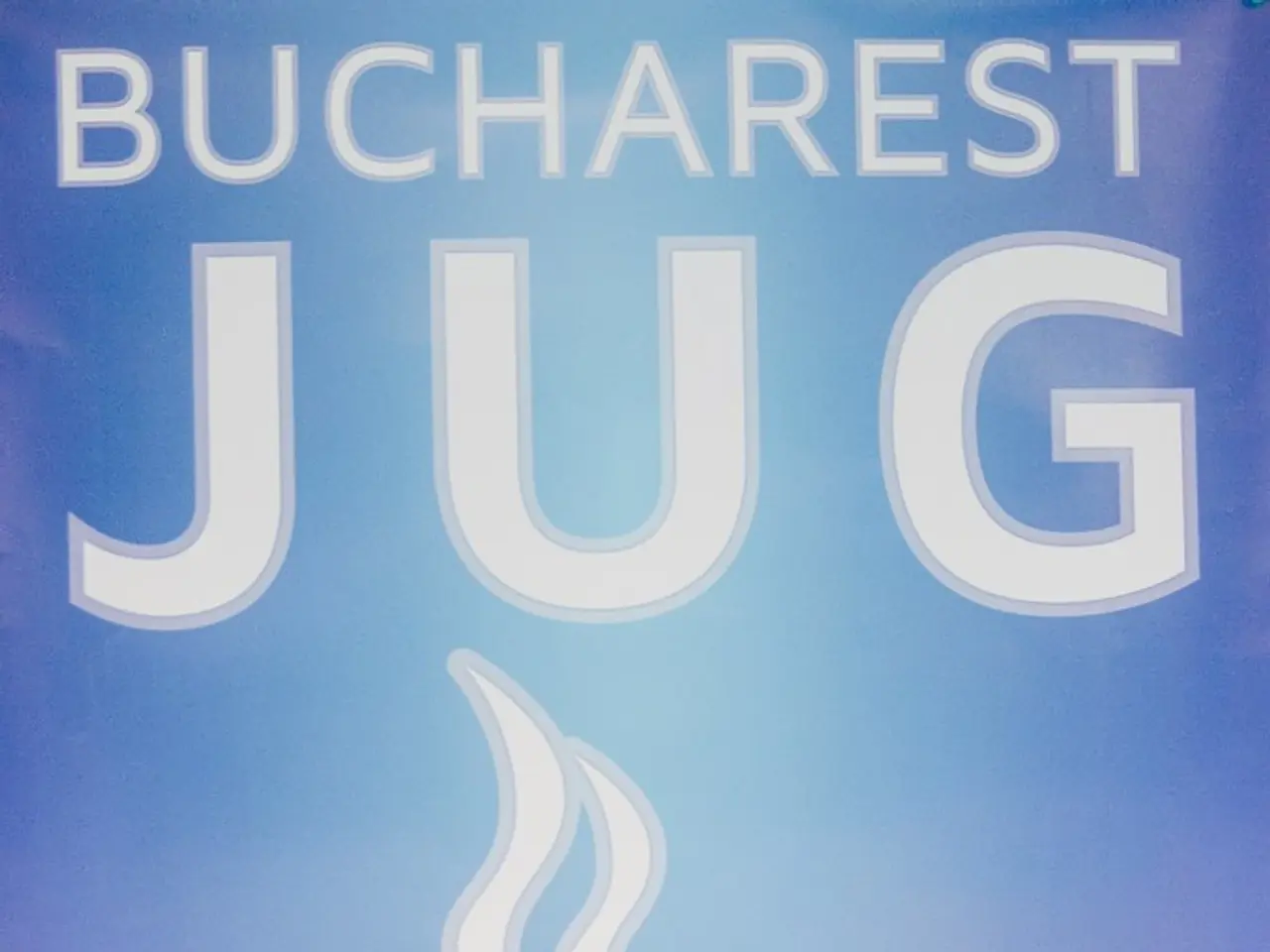Economy's July Report Strengthens Calls for Interest Rate Reduction: Expert Insights
The July 2025 U.S. jobs report, released recently, showed a significant slowdown in the labor market. The report, which indicated only 73,000 jobs added—the weakest monthly gain in over two years—and a rise in the unemployment rate to 4.2%, has raised concerns about an impending economic slowdown or possible recession.
The job gains in July were seen in health care (+55,000) and social assistance (+18,000). However, the overall picture painted by the report is one of a cooling economy. The Federal Reserve, which closely monitors labor market indicators as a key input for monetary policy decisions, is now considering cutting interest rates in September to support the economy.
The weak job creation and rising unemployment rate suggest growing economic risks and diminishing hiring pressures, traditionally prompting the Fed to lower rates to stimulate growth. On the other hand, the Fed must also weigh inflation trends, but the labor market’s unexpected weakness from July creates greater pressure for potential rate cuts in September.
Wage growth, however, showed a slight increase, with wages up 0.3% month over month in July and 3.9% year over year. This increase in wages might provide some comfort, but the overall picture of the labor market remains concerning.
Economists and financial experts have expressed their views on the situation. Scott Wren, Senior Global Market Strategist at Wells Fargo Investment Institute, predicts that the labor market is likely to decelerate in the coming months/quarters and the unemployment rate to move higher by the end of this year.
Futures traders have also changed their tune on a September rate cut following the July jobs data, with odds that the Fed lowers the federal funds rate by a quarter-percentage point at its next meeting in September jumping to 76%.
Not everyone is as pessimistic, though. Chris Zaccarelli, chief investment officer for Northlight Asset Management, expects the stock market to "move past this particular report and keep climbing this month."
The downward revisions in the July jobs report, which saw figures for June lowered by 133,000 to 14,000, and May's jobs growth being downwardly revised by 125,000 to 19,000, have added uncertainty to the growth trajectory for the latter half of the year.
The Federal government jobs declined by 12,000 in July, and are now down by 84,000 since January. This decline in government jobs could be a further indication of the slowing economy.
The situation has led some experts like Jack McIntyre, Portfolio Manager at Brandywine Global, to believe that the July report supports Fed Governors Waller and Bowman's call for immediate rate cuts due to the flatlining nonfarm payrolls and rising unemployment rate.
Alexandra Wilson-Elizondo, Global Co-CIO of Multi-Asset Solutions at Goldman Sachs Asset Management, points out that the underlying deterioration in the labor market is cause for concern, despite overall levels not being alarming.
Ellen Zentner, Chief Economic Strategist for Morgan Stanley Wealth Management, suggests that the Fed may see a clearer path to a September rate cut if data over the next month confirms the current trend. Jeffrey Roach, Chief Economist for LPL Financial, echoes this sentiment, stating that the downward revisions in the July jobs report add uncertainty to the growth trajectory for the latter half of the year and solidifies the view that the Fed could cut rates in September.
Jason Pride, Chief of Investment Strategy and Research at Glenmede, argues that each soft labor market report strengthens the case for the 1-2 rate cuts priced into markets this year.
In summary, the July jobs report's subdued payroll gains and rising unemployment strongly imply that the Federal Reserve may pivot toward interest rate cuts in its September meeting to counter mounting economic headwinds. The Fed's decision will be closely watched as it seeks to balance the need for economic growth with the risk of inflation.
Economists and financial experts are predicting that the Federal Reserve might lower interest rates in September to support the economy, given the weak job creation and rising unemployment rate. Scott Wren, Senior Global Market Strategist at Wells Fargo Investment Institute, expects the labor market to decelerate in the coming months and the unemployment rate to move higher by the end of this year.
The soft labor market, identified by the July jobs report, has increased the odds that the Fed lowers the federal funds rate by a quarter-percentage point at its next meeting in September, as indicated by futures traders, with the odds jumping to 76%.




